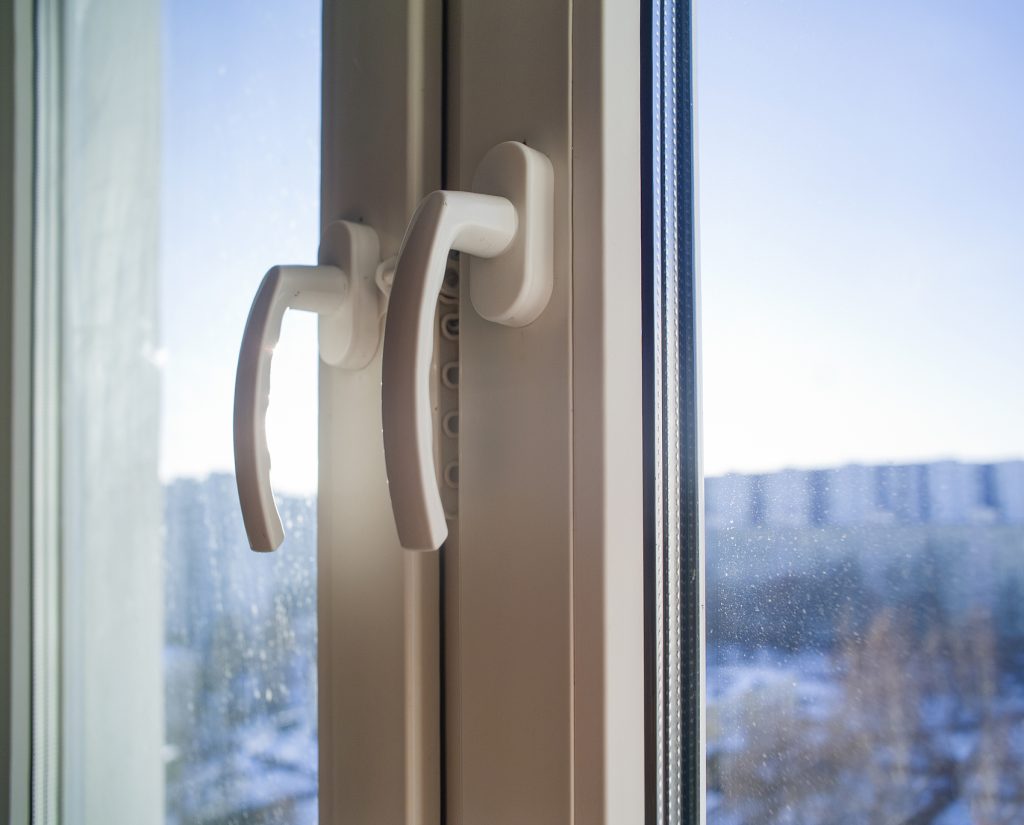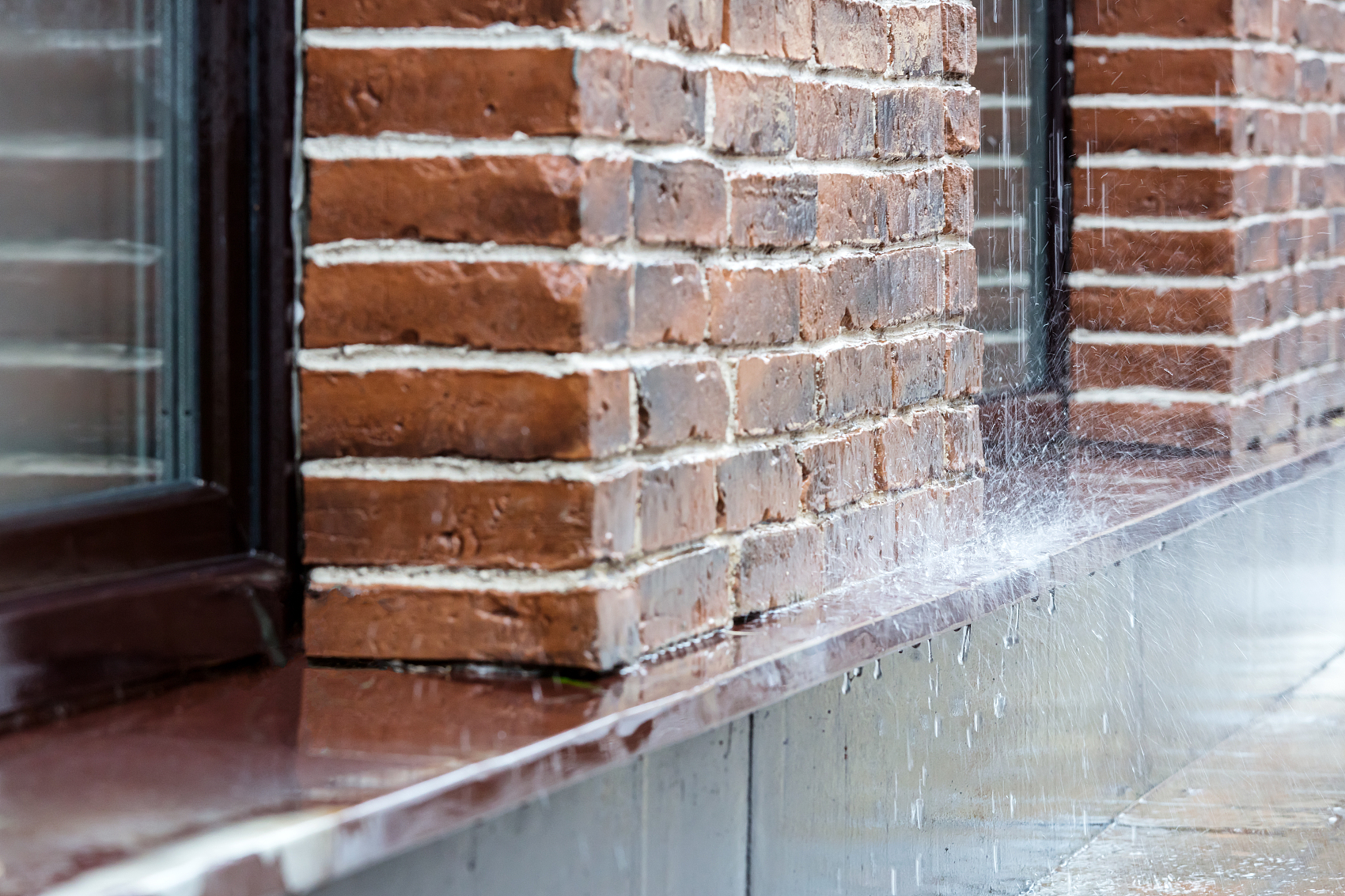Drafty windows can cause big problems. During the summer, they let heat into your home, and in the winter, they let in cold drafts. This means your HVAC system has to work harder to maintain the right temperature, which leads to high energy bills. Luckily, sealing your windows is a simple and effective way to prevent this. Here’s how to do it using different materials and methods like caulk, weather stripping, plastic shrink-wrap, and draft stoppers.
How to Seal Your Windows
While replacing your windows with energy-efficient ones is the most effective solution, it’s not always possible. Fortunately, there are plenty of ways to seal your current windows and stop air from sneaking in or out.
1. Caulk Around the Windows
Caulking is one of the simplest and most affordable ways to seal windows. It’s perfect for filling in small cracks around the window frame or other components. Caulk creates a watertight and airtight seal that remains flexible for years, even with temperature changes.
However, if there are gaps larger than half an inch, caulking alone may not be enough. In these cases, use expanding foam insulation designed for windows and doors. Once the foam has expanded and hardened, trim it to the proper size with a utility knife and cover it with wood trim or caulk.

2. Install Weather Stripping
Weather stripping is great for sealing gaps around moving parts of a window, like the sash. Unlike caulk, which seals the joint permanently, weather stripping allows the window to open and close while still providing a tight seal when it’s shut.
Most foam weather stripping has adhesive on one side, so it sticks easily to the fixed part of the window without sticking to the moving part. For a strong bond, make sure to clean the area thoroughly before applying.
3. Use Plastic Shrink-Wrap
For a temporary and airtight seal, plastic shrink-wrap is a great option. These kits typically come with double-stick tape and plastic sheeting. Here’s how to use it:
- Clean the window thoroughly.
- Apply double-stick tape around the window frame.
- Cut the plastic sheeting slightly larger than the window and attach it to the tape.
- Use a hairdryer or heat gun on low to shrink the plastic until it’s tight and smooth.
- Trim any excess plastic with a utility knife.
Just remember, if you’re shrink-wrapping multiple windows, leave at least one window uncovered for safety in case of an emergency.
4. Insert Draft Stoppers
Draft stoppers are an easy way to stop drafts without permanently altering your windows. They come in various designs, from tubes inside fabric sleeves to longer pillow-like shapes. Here are a few options:
- Tube-style stoppers: Cut the tube to fit the width of your window, then slide it beneath the sash. The tubes seal the gap when the window is closed.
- Bottom-sash stoppers: These stoppers stick along the bottom edge of the window sash, compressing against the frame when the window is shut to prevent airflow.
- Pillow-style stoppers: Simply place this long, soft “pillow” at the bottom of the window to block drafts.

How to Identify a Drafty Window
If you’re not sure which window is causing the draft, here are some simple ways to find the culprit:
- Turn off fans: Any air-moving devices can make it harder to spot the draft.
- Candle test: Light a candle and move it around the window. Watch the smoke—if it moves, there’s a draft.
- Curtain test: Light, flowing curtains can move when there’s a draft.
- Check for condensation: Drafty windows often have condensation on the glass, especially in the colder months.
Sealing your windows doesn’t have to be a huge task, and it can save you money on your energy bills while making your home more comfortable year-round.












